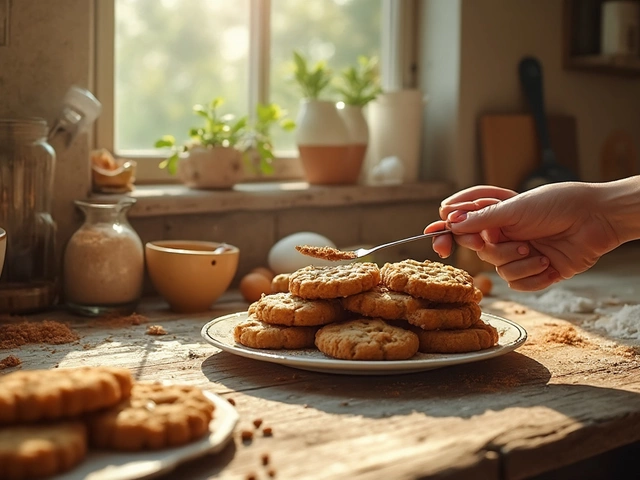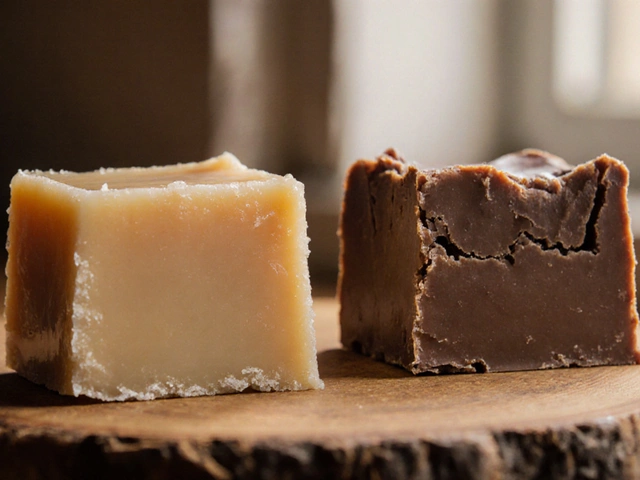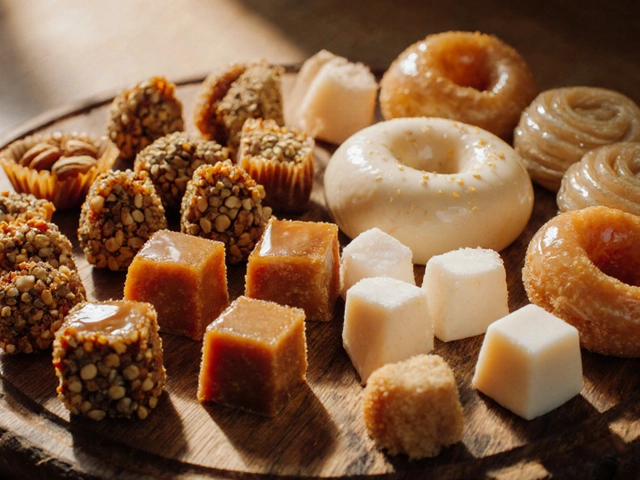Macaron Shells: Simple Guide to Perfect French Treats
Macaron shells are the heart of any French‑style treat. If you’ve ever struggled with cracked tops or uneven shapes, you’re not alone. The good news? The process isn’t magic; it’s a mix of right ingredients, gentle folding, and a few pro tricks. In this guide you’ll get a clear step‑by‑step recipe, quick tips for consistent size, and fixes for the usual hiccups.
How to Bake Perfect Macaron Shells
Start with the basics: almond flour, powdered sugar, egg whites, and granulated sugar. Sift the dry ingredients together at least twice – this removes clumps and gives the shells a smooth surface. Separate your egg whites a day ahead and let them sit uncovered in the fridge. Fresh, rested whites whip up a glossy meringue that holds its shape better.
When you’re ready to mix, whisk the egg whites on medium speed until they become frothy, then add the granulated sugar slowly. Increase the speed to high and beat until you see stiff peaks. The ribbon stage is your cue to fold in the dry mix. Use a silicone spatula, lift and fold until the batter falls like a thick ribbon and forms a smooth “V” when lifted.
Pipe the batter onto a parchment‑lined baking sheet. A 1‑inch round tip works for most shells. Tap the tray on the counter a few times to release air bubbles, then let the shells rest for 30‑45 minutes. They should form a light skin – touch one gently; it shouldn’t stick to your finger.
Preheat the oven to 300°F (150°C). Bake for 15‑18 minutes, rotating the tray halfway through. When the shells have risen and the tops feel firm, they’re done. Let them cool completely before handling.
Troubleshooting Common Problems
If your shells crack, the most common cause is under‑resting. Skipping the 30‑minute wait means the skin isn’t set, so the shell expands too fast and cracks. Another culprit can be too much almond flour – it makes the batter heavy. Keep the almond flour to powdered sugar ratio around 1:2 for a light texture.
Flat shells usually mean the oven temperature is too low or the batter is over‑mixed. Over‑mixing evaporates the air you introduced during whipping, so the batter won’t rise. Stick to the ribbon stage and stop folding as soon as the batter flows smoothly.
Sticking to the parchment? Lightly grease the paper or use a silicone mat. Both give the shells a smooth release without burning the bottom.
Finally, if you want uniform size without a scale, use a small cookie scoop. Scoop the same amount each time, then level the tops with a flat spatula. This trick saves you from uneven shells and makes a tidy display.
With these steps, you can turn a simple batch of macaron shells into a crowd‑pleasing treat. Experiment with flavors, fillings, and colors – the shells are a blank canvas that’s ready for any creativity. Happy baking!







